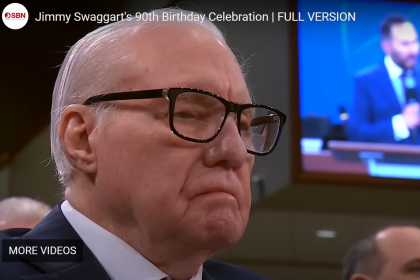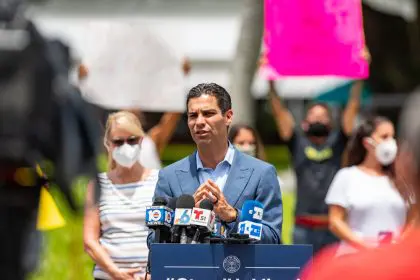 |
After a few months of decline, gas prices resumed their skyward rise and people all over the country are feeling the crunch. For many African Americans living in inner cities, the rising gas prices have taken a huge toll on their wallets and on their driving habits. “I spend about 40 dollars a day or more because I drive a lot taking my kids back and forth. They’re in sports,” explains James, a father of three. “I used to spend about twenty-five dollars [a day.] I have activities with my daughters and my son so I have to have gas. I could be doing something else with that money, [but] I’m doing some thing positive for my kids. They need to fix this economy.”
“I drive a lot, [and] it’s hitting my pocket,” says Aisha. “I don’t have to go that far during the week and I have a little car but still…I could put twenty-two dollars in my tank to fill it up. I don’t even fill it up anymore. It’s been about three months since I filled it up.”
Given the current job market and rising unemployment, some are being hit especially hard by the cost of fueling up at the pump. “I’m driving about 20 miles one way every day,” Dana, a 26-year old, shares. “A tank of gas used to last me two and a half weeks, [but] now I just filled up on Sunday and now I’m filling up again on Wednesday. Being unemployed–I got laid off—[makes it] harder.” Gas prices are typically higher in inner cities than they are in suburban areas, also—so this is adding up to a real financial hardship for quite a few people.
“It’s killing me,” says Dave, who commutes from the suburbs daily. “I try not to get gas when I’m downtown. I go about 50 miles a day and its killing me, man.” But for gas stations themselves, the rising cost of gas is a boon. Not only are they selling a higher priced product, but also because people are still pulling up to the tanks. Business hasn’t really been affected. “Things were a lot different last year,” says Yoshi, a gas station operator. Yoshi is referring to the gas shortage and $4 per-gallon prices of last summer. “People are still coming. We’re selling a lot more gas than this time last year.” – todd williams










